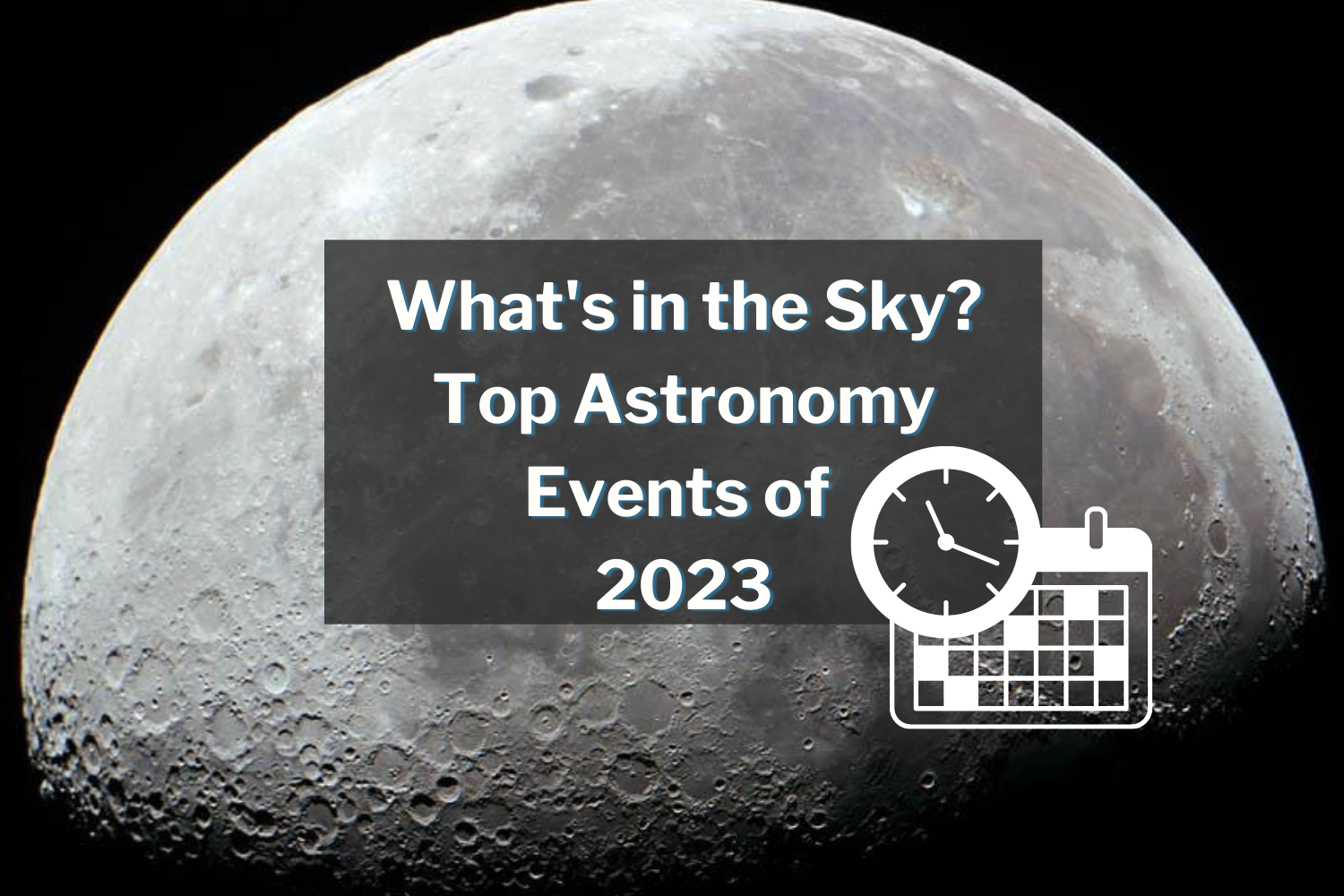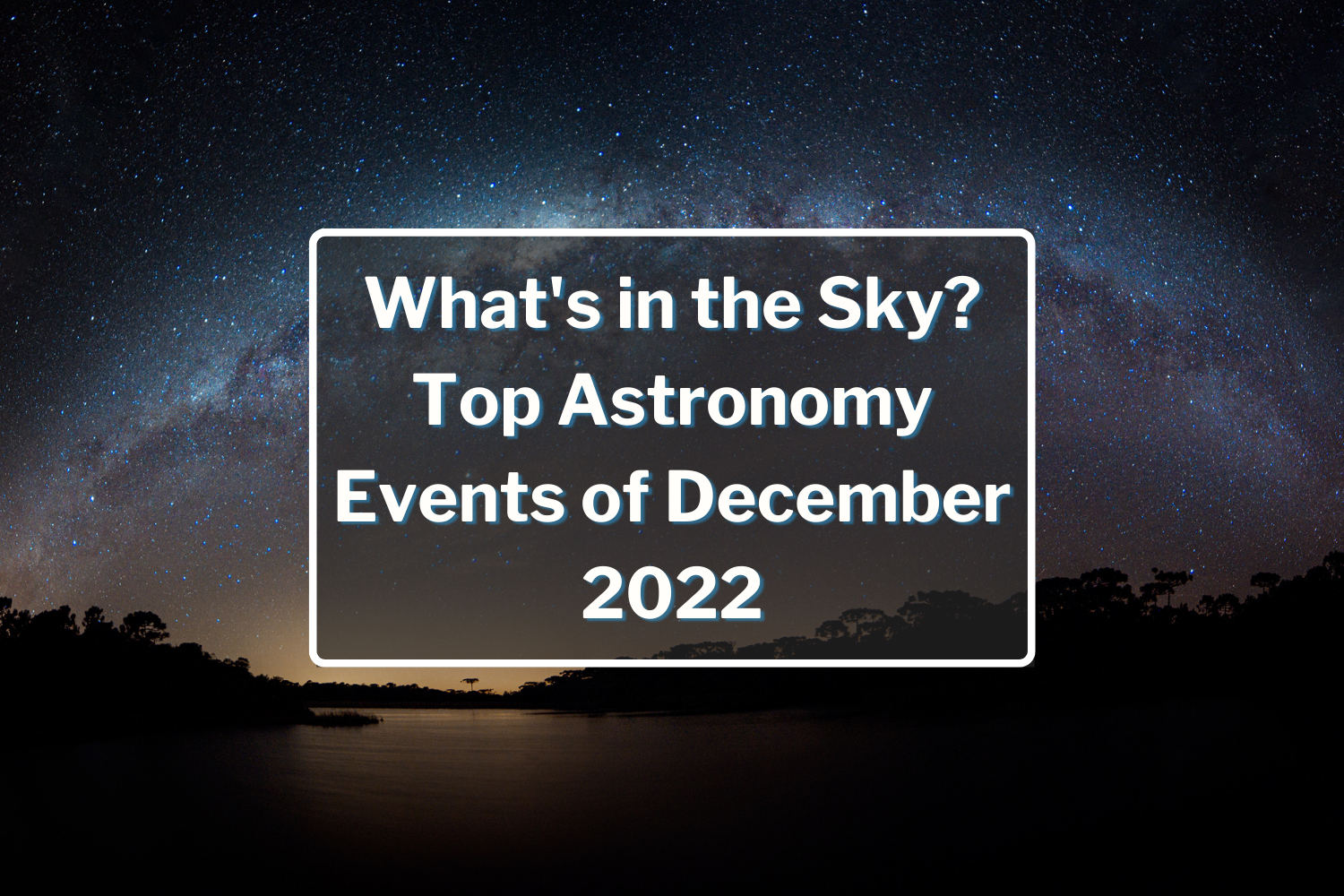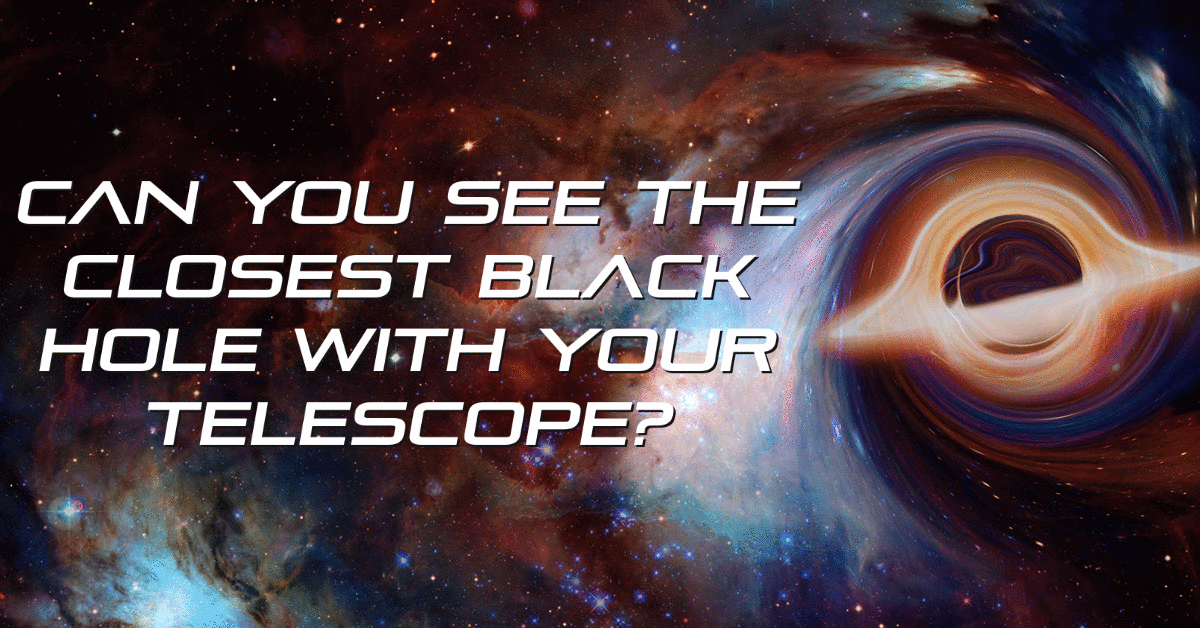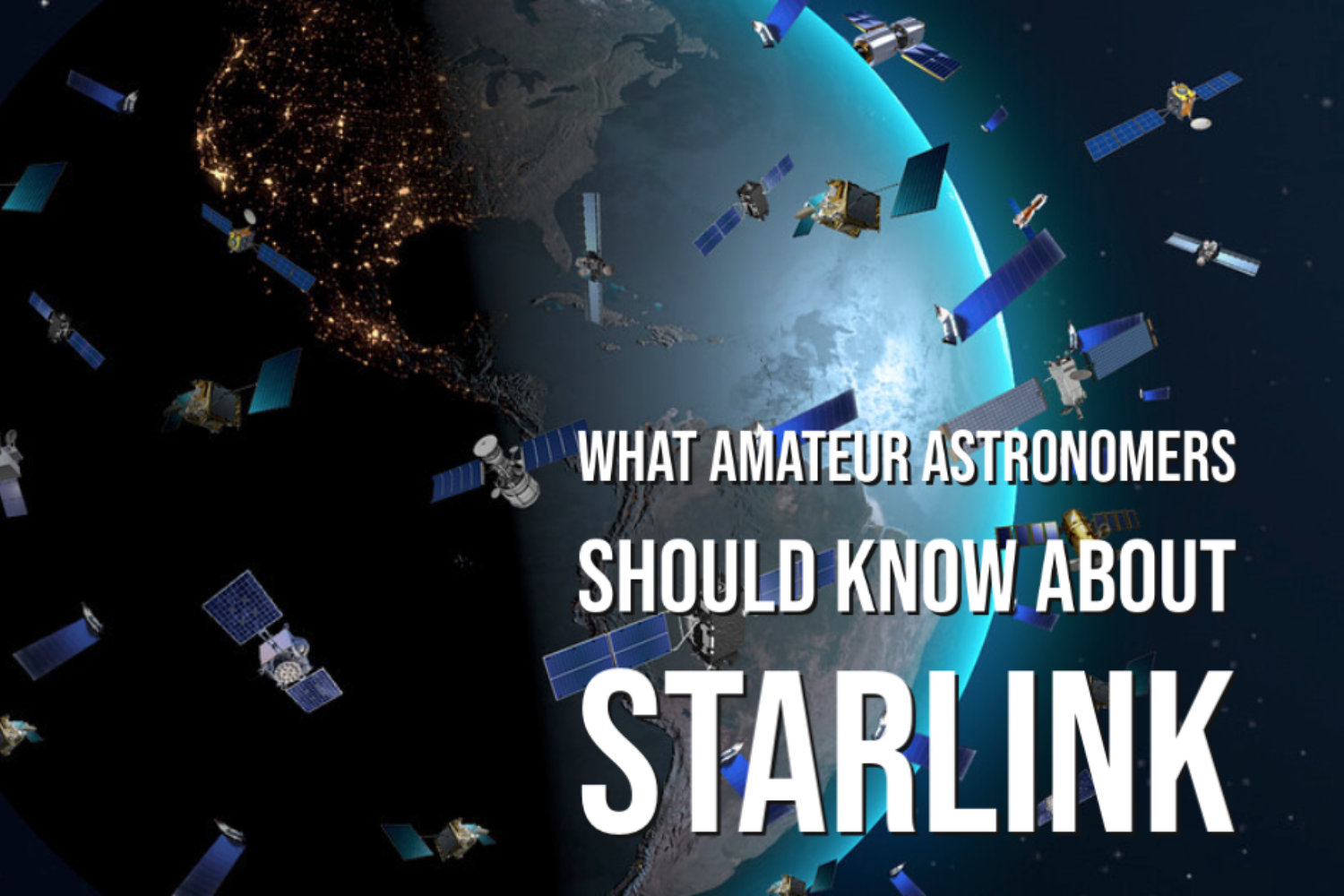What’s in the Sky: Top Astronomy Events of 2022
New year, new astro opportunities! We have compiled a brief list of some of the bigger astronomical events that are occurring this year. Be sure to mark these dates in your calendar so you can enjoy them as they happen!
For those interested in the Lunar calendar, check out our Radian Lunar Calendar Magnet! Keep it on any metal surface to track the darkest nights of the year.
Many of these events can be viewed by the naked eye, but if you are interested in enhancing your viewing experience, or would like to see these events in more detail, check out our vast selection of telescopes, spotting scopes, and binoculars!
We will release monthly updates going into more detail of what is happing in the sky in that month. Want to be notified when each list is released? Sign up for our newsletter below!
Lunar Eclipse Shot on November 18th 2021. Photo taken and edited by Nicole Smith.
January
The Quadrantid meteor shower: This shower will be active from December 12th through January 12th, but the peak rate of meteors will take place on January 3rd. The best displays of this shower can be seen after dusk on January 3rd.
This shower will peak around the time of a new moon. You can expect minimal lunar interference.
February
Alpha-Centaurid meteor shower: This shower will be active from January 28th through February 21st, with the peak rate of meteors occurring on February 8th.
The Alpha-Centaurid shower will be visible in the Southern Hemisphere. It will be located in the constellation Centaurus.
March
On March 20th, the March Equinox will occur. The March Equinox marks the first day of spring for all those living in the northern hemisphere (the vernal/spring equinox), and the first day of autumn for those living in the southern hemisphere (the autumnal equinox).
The sun will shine directly on the equator, and there will be almost exactly 12 hours of day and night.
April
April 16th through the 25th is the Lyrids meteor shower. This shower occurs annually. The peak of this shower this year will be on April 22nd. Sometimes, these meteors have been known to produce dust trails that last for several seconds. The best viewing will be after midnight (on April 23rd).

PerseidsMeteor Shower. Photo captured by Nick Iliasov
A partial solar eclipse will take place on April 30th. A partial solar eclipse is when the moon only covers a part of the sun. Solar eclipses can only be safely observed with a special eclipse glasses or solar filters, or by looking at the sun’s projection. This partial eclipse can be seen throughout most of South America and the southeast Pacific Ocean.
May
Eta Aquarids Meteor Shower is an above average shower that, at its peak, is capable of producing up to 60 meteors per hour. Annually running from April 19th to May 28th, the peak of this shower is on the night of May 6th. Most of the activity can be observed from the Southern Hemisphere.
On the night of May 16th, there will be a total Lunar Eclipse. This event occurs when the Moon completely passes through the Earth’s umbra. Throughout the duration of this type of eclipse, the moon will gradually darken, then eventually take on a reddish hue. This eclipse will be visible all throughout North America, Greenland, the Atlantic Ocean, certain regions of western Europe, as well as western Africa.
June
On the 14th of June, there will be a Supermoon. The Moon and the Sun will be located on opposite sides of the Earth, causing the face of the moon to be fully illuminated. On this night, the Moon will almost be at its closest to the Earth and may appear slightly larger and brighter than usual.

Supermoon from June 24th 2021. Photo taken by Nicole Smith.
The June solstice will occur on June 21st. The June Solstice occurs when the North Pole of the Earth is tilted towards the Sun, and has reached the northernmost position in the sky. The June Solstice marks the first day of summer in the Northern Hemisphere and can also be known as the summer solstice. Likewise, the June solstice marks the first day of winter and is known as the winter solstice in the Southern Hemisphere.
July
The night of July 13th is another Supermoon. The full Supermoon phase will occur.
The Delta Aquariids Meteor Shower will occur on the night of July 28th. This shower can produce up to 20 meteors per hour at its peak. This shower runs annually from July 12th to August 23rd. The peak of this shower lands on the night of a new moon, making the dark skies of this night optimal for viewing. Especially from a dark location after midnight!
August
August 12th is the night of the last of the three supermoons of the year.
The Perseids Meteor Shower annually runs from July 17th to August 24th. This year, the peak occurs on the night of August 12th. This shower is notoriously one of the best meteor showers to observe, producing up to 60 bright meteors per hour at its peak. Unfortunately, the shower this year lands on the same night as that Supermoon, the lunar light might block out a large majority of the meteors in this shower. Luckily, the Perseids meteors are so bright and high in number, that there is a decent chance of some of the shower being visible.
On August 14th Saturn will be at opposition. This means that the ringed planet will be at its closest approach to the Earth, and its face will be fully illuminated by the sun. At this time of year, the planet will be brighter than any other time of this year. It will also be visible all night long. This night will be the best night of the year to view this planet. You can use almost any telescope to view the rings of Saturn as well as a few of its brightest moons.

Saturn. Photo captured by Gary Varney
September
Neptune will be at Opposition on September 16th. Meaning that this planet will be at its closest approach to Earth, and will be fully illuminated by the Sun. The blue planet will be at its brightest on this night than any other night of the year. It will be visible all night long. Being that it is so far away from Earth, this planet will only appear as a small blue dot through most telescopes.
The September equinox will occur on September 23rd. On this date, the Sun will directly shine onto the equator. There will be nearly equal amounts of both day and night all throughout the world. The September equinox marks the first day of autumn for those living in the northern hemisphere (the autumnal equinox), and the first day of spring for all those living in the southern hemisphere (the vernal/spring equinox)
On the night September 26th, Jupiter will be at opposition. This night will be the best night of the year to view Jupiter and its moons. With a medium sized telescope, you should even be able to see some details in the cloud bands of this planet. With a good pair of binoculars, you should be able to view the largest four moons of Jupiter.

Jupiter. Captured June 27th 2019 by the Hubble Space Telescope. Taken from NASA Science Solar System Exploration Website.
October
The Draconids Meteor Shower takes place October 6th-10th, with the peak lying on October 7th. This is a minor shower that usually only produces 10 meteors per hour. The best viewing of this shower will be in early evening, as opposed to early morning like most other showers.
The Orionids Meteor Shower produces an average of 20 meteors per hour at its peak. This shower runs annually from October 2nd to November 7th. The peak of this shower will be late at night on October 21st.
A partial solar eclipse will occur on the night of October 25th. This partial eclipse will be best seen in parts of western Russia and Kazakhstan, as well as 80% coverage from central Russia. Please be safe in observing any solar eclipses. Even partial ones can be damaging to your eyes. Safely observe this partial eclipse with special eclipse glasses or solar filters, or by looking at the sun’s projection.

Partial Solar Eclipse. Photo captured by Geronimo Giqueaux
November
The Taurids Meteor Shower is the longest running minor meteor shower of the year. This shower runs annually from September 7th to December 10th, with the peak landing on the night of November 4th. This shower typically only produces around 5-10 meteors per hour. The peak of this shower is near a full moon, so the lunar light will block out all but the brightest meteors.
On November 8th, there will be another total lunar eclipse. This particular eclipse will be visible throughout eastern Russia, Japan, Australia, parts of western and central North America, as well as the Pacific Ocean.
Uranus will be at Opposition on November 9th. On this night, Uranus will be at its brightest point than any other time in the year. It will be the best time to view Uranus, however, due to its distance, it will only appear as a small blue-green dot through most telescopes.
Leonids Meteor Shower is an average sized shower that produces around 15 meteors per hour at its peak. This shower runs annually from November 6th-30th. This year, this shower peaks on November 17th. The best viewing for this shower will be from a dark location after midnight. The special thing about the Leonids shower is that it has a cyclonic peak that occurs every 33 years which results in a vastly larger amount of meteors per hour that can be seen. The last cyclonic peak was in 2001. The next cyclonic peak Leonid shower will be in the year 2034.
December
December 8th, Mars will be at opposition. You can use a medium sized telescope to view the details on the surface of this planet.
The Geminids Meteor Shower is considered the “King” of meteor showers. Many consider it to be the best shower. At its peak, it can produce an average of 120 multicolored meteors. Running annually from December 7th to the 17th. The peak lands on December 13th. It falls on the night of a waning gibbous moon, which will block out a large amount of the fainter meteors, but this shower is so numerous and bright that it will still be a good show, provided that it is a clear night.
The December solstice will occur on December 21st. On the December solstice, the South Pole will be tilted towards the sun and it will have reached its southernmost position in the sky. For those in the Northern Hemisphere, this will mark the first day of winter (also known as the winter solstice). And for those in the Southern Hemisphere, the December solstice marks the first day of summer (or, the summer solstice).

Photo taken by Nicole Smith on November 15th 2021.
That wraps up the more notable astronomy events of 2022. Which event are you looking forward to the most? Do you know of any upcoming events that we missed? Be sure to comment below and spread the word!













